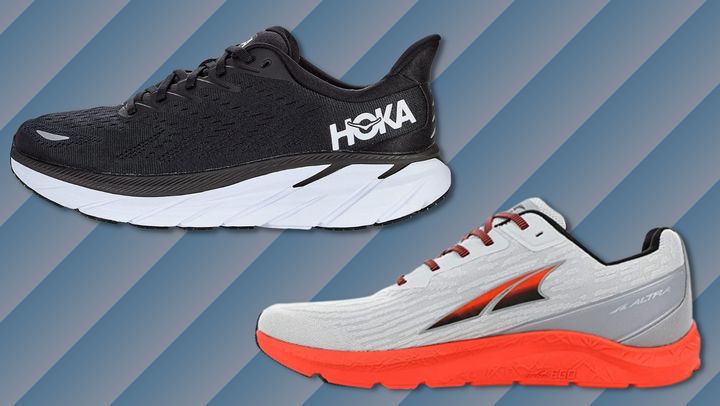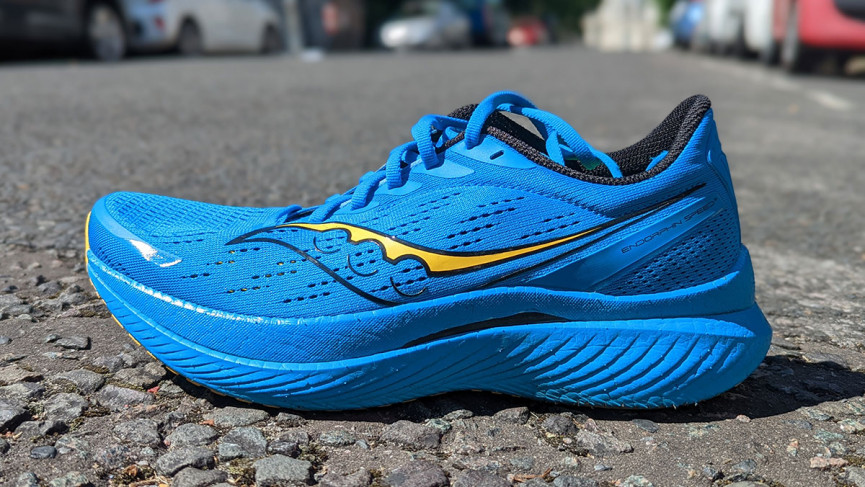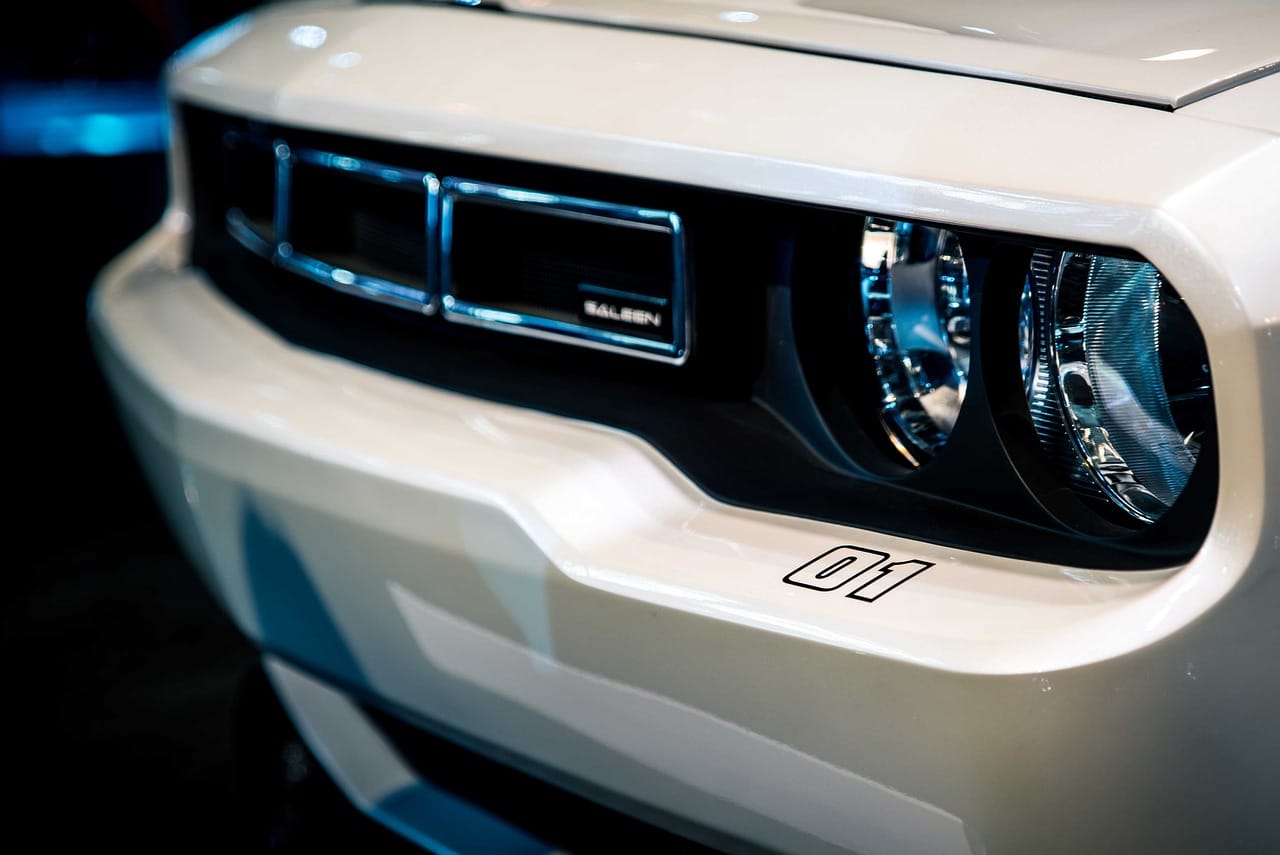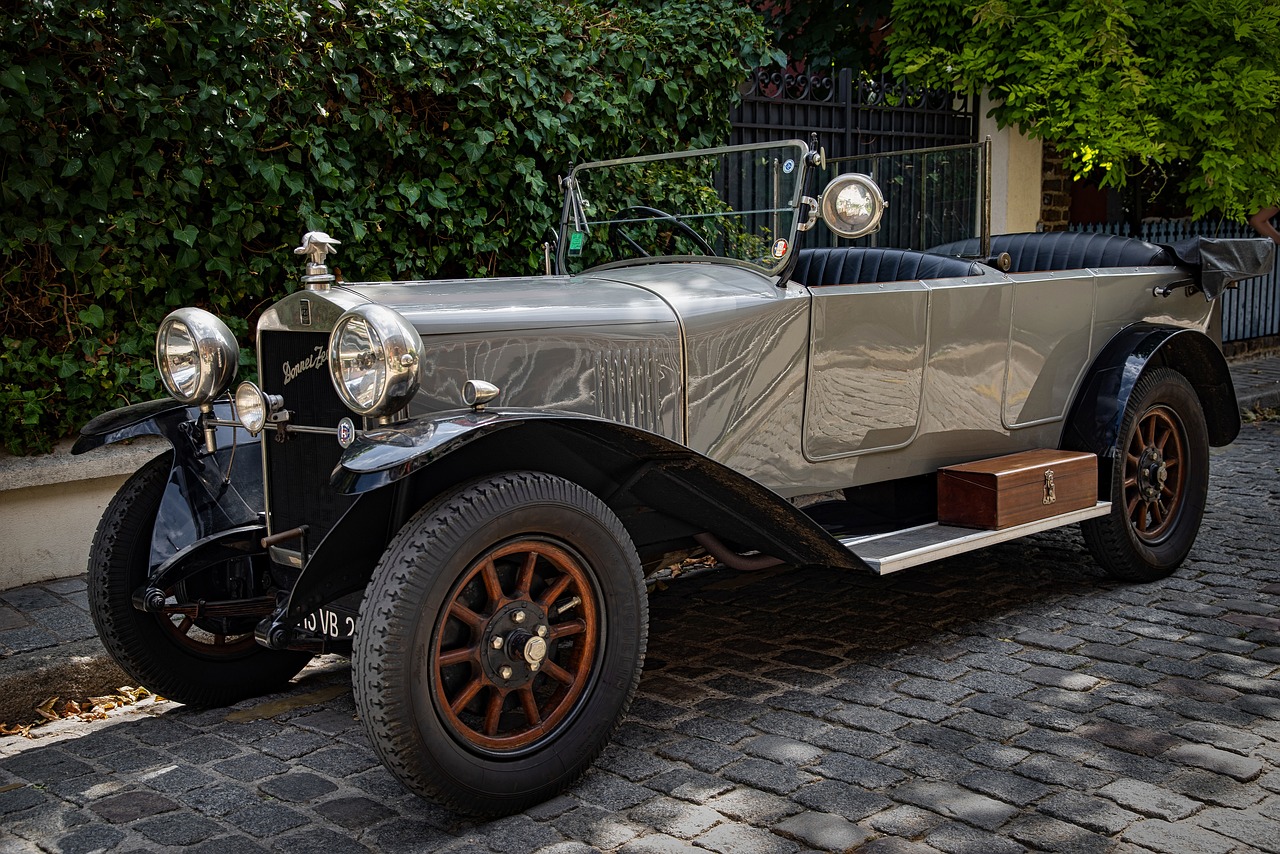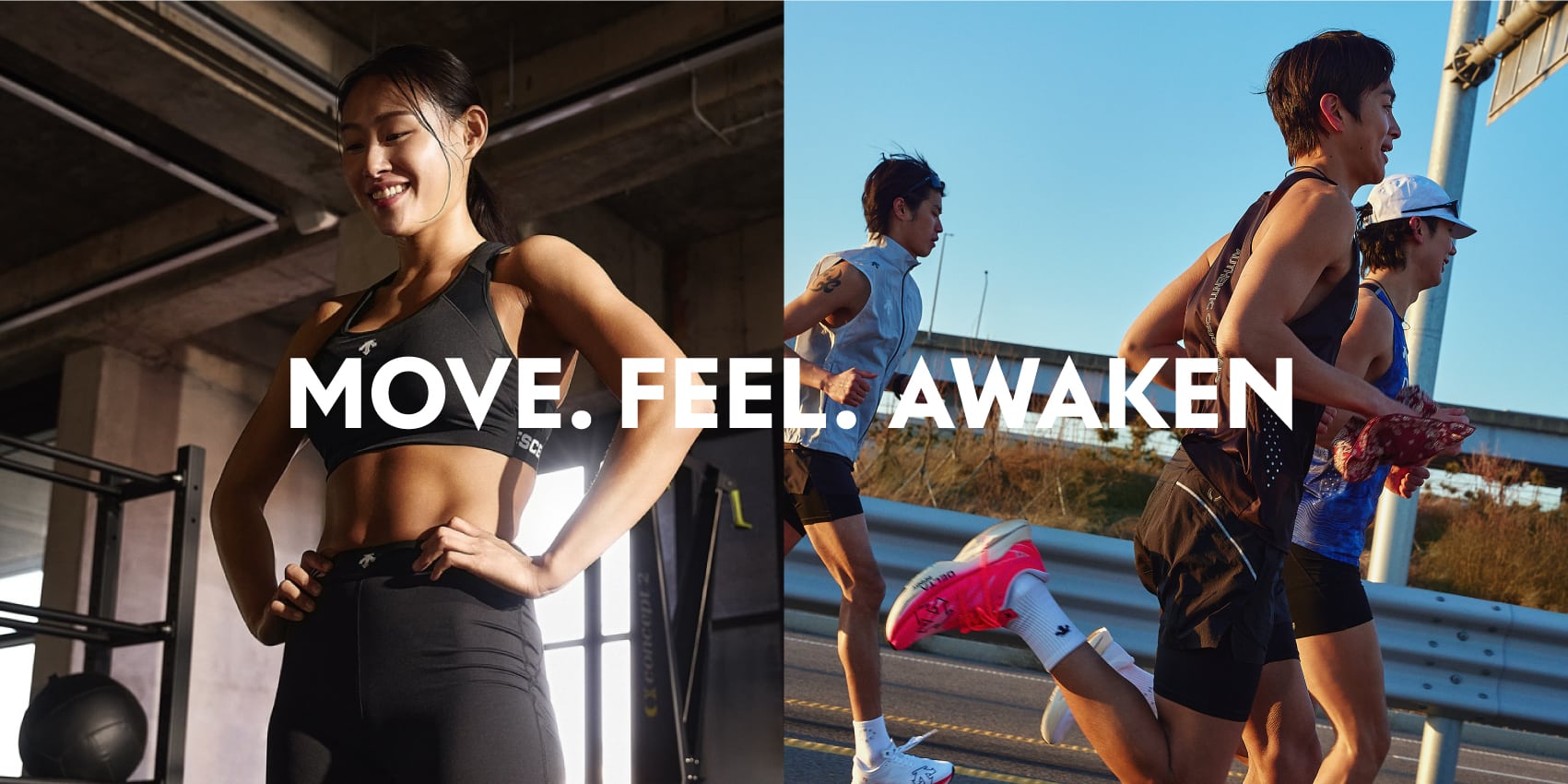Now Reading: Race Your Way to the Finish Line Choosing the Best Running Shoes for Short-Distance Events
-
01
Race Your Way to the Finish Line Choosing the Best Running Shoes for Short-Distance Events
Race Your Way to the Finish Line Choosing the Best Running Shoes for Short-Distance Events
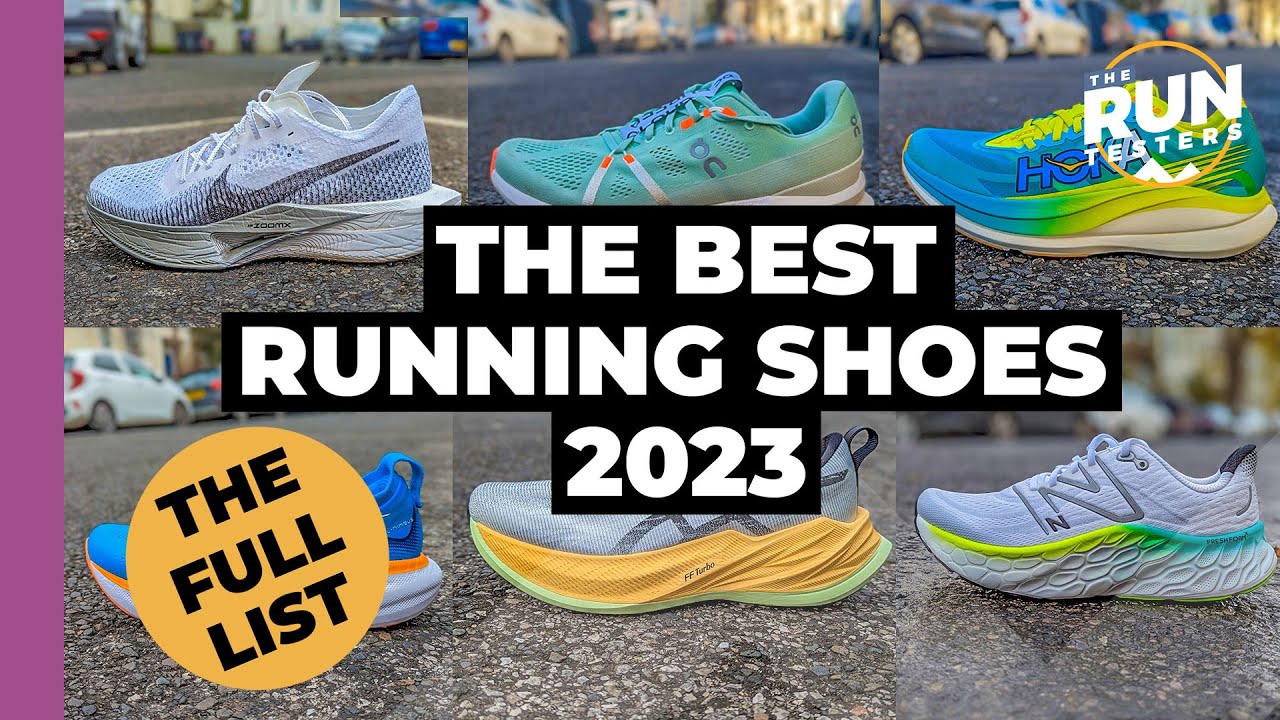
Running is a popular form of exercise and competition that has been around for centuries. Whether you’re a beginner or a seasoned runner, choosing the right running shoes is crucial in achieving your fitness goals. When it comes to short-distance events, such as sprints or 5k races, having the appropriate type of running shoes can make all the difference in your performance.
In this blog post, we will dive into the world of short-distance running shoes. We will explore the key features to consider when selecting your shoes, how to match them with your goals and running style, and provide tips on taking care of your shoes to ensure optimal performance. So let’s lace up and get ready to race towards the finish line!
Stride with Confidence: Exploring the Features to Consider When Selecting Your Short-Distance Running Shoes
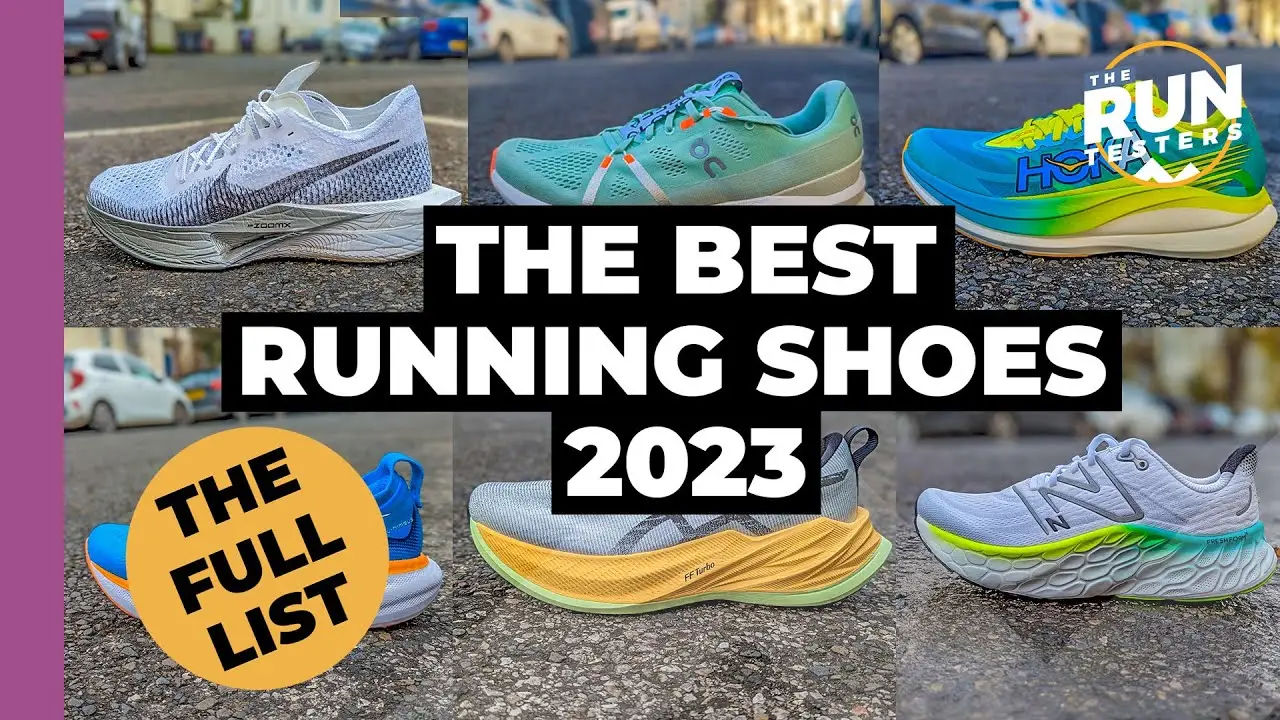
When it comes to selecting the best running shoes for short-distance events, there are several important features to consider. These features not only affect your comfort, but they can also impact your performance during the race. Let’s take a closer look at some of these essential elements.
Lightweight Design
Short-distance running requires speed and agility, which means that your shoes should not weigh you down. Look for lightweight running shoes that provide enough support without adding unnecessary weight. This will allow you to move more freely and quickly, helping you shave off precious seconds from your time.
Materials like mesh and synthetic materials are often used in the construction of lightweight running shoes. They offer breathability and durability while keeping the shoe light. Some brands even use innovative technologies to create lightweight designs, such as Nike’s Flyknit technology or Adidas’ Primeknit material.
Cushioning
Cushioning is another critical factor to consider when looking for the best running shoes for short-distance events. While too much cushioning can slow down your speed, too little can cause discomfort and injuries. Finding the right balance is key.
Sprinters and short-distance runners typically prefer shoes with minimal cushioning to maximize their speed. However, if you have a history of foot or knee injuries, you may need more cushioning for support and protection. It’s essential to find a shoe that has just enough cushioning to keep you comfortable and injury-free.
Traction
Short-distance races often involve quick turns and changes in direction, so having good traction on your running shoes is crucial. Look for shoes with a rubber outsole that offer excellent grip and traction on various terrains. This will give you the confidence to push off and change directions without worrying about slipping.
Additionally, some brands use specific traction technologies, such as Asics’ AHAR (Asics High Abrasion Rubber) material or Saucony’s XT-900 carbon rubber, which provide superior grip and durability.
Optimize Your Short-Distance Performance: Key Elements to Look for in Running Shoes
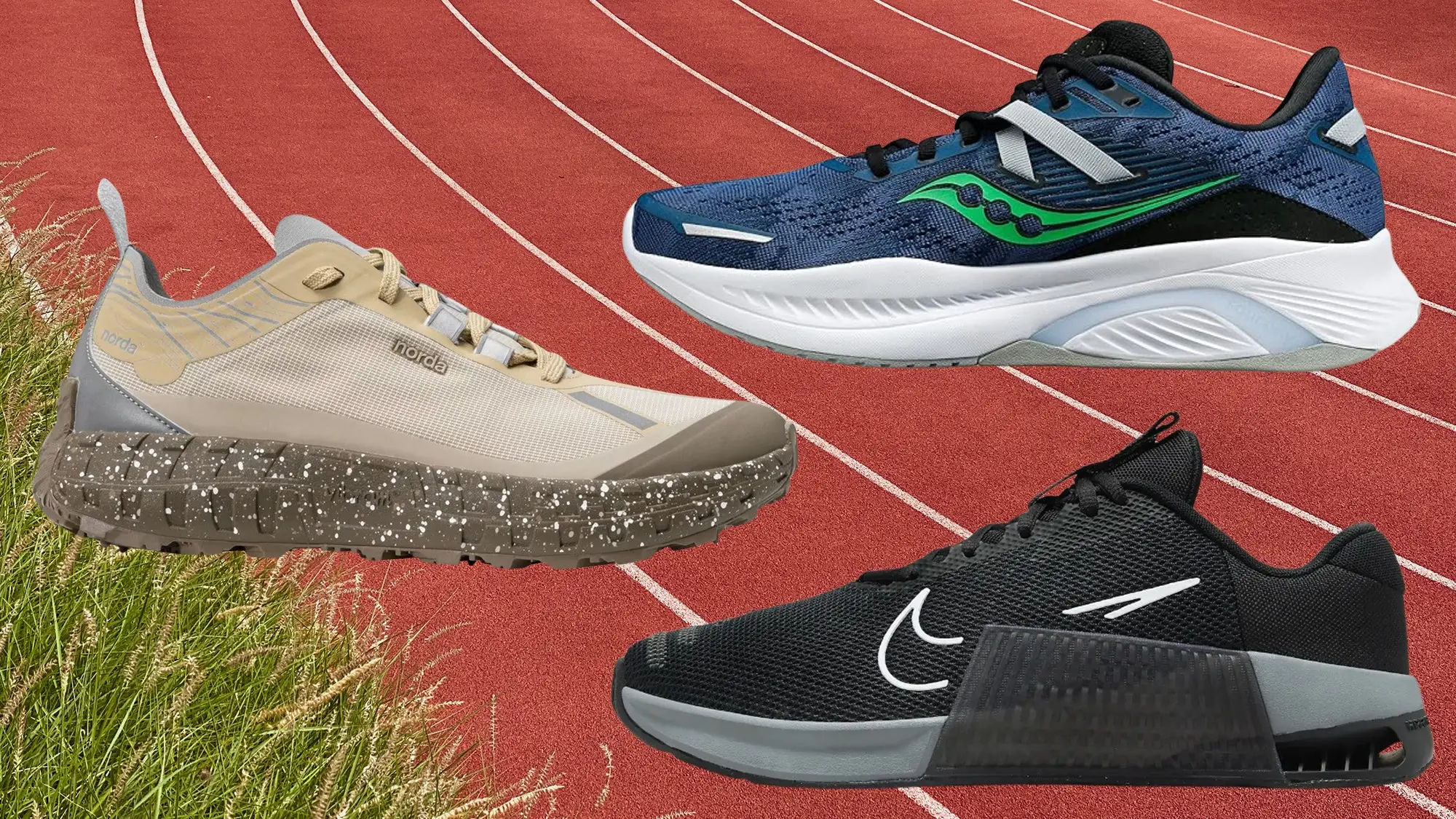
Now that we’ve covered the essential features to consider when selecting your short-distance running shoes, let’s take a closer look at how these elements can impact your overall performance.
Increased Speed
When it comes to short-distance events, every second counts. The right pair of running shoes can help you achieve faster speeds by providing a lightweight design and minimal cushioning, allowing you to move quickly and efficiently. Additionally, shoes with good traction can help you maintain your speed during quick turns and changes in direction.
Another feature that can help increase your speed is a responsive midsole. Midsoles made from materials like EVA foam or Adidas’ Boost technology can absorb shock and provide a springy energy return, propelling you forward with each stride.
Enhanced Stability
Short-distance running involves quick and explosive movements, making stability an important factor to consider. Look for shoes with a wider base and a snug fit to keep your feet stable and prevent any wobbling or slipping.
Shoes with a midfoot shank or TPU (thermoplastic polyurethane) plate can also provide stability by preventing excessive rolling of the foot. These features are especially useful for sprinters who need quick and powerful movements during short-distance races.
Reduced Risk of Injuries
The right pair of running shoes can significantly reduce the risk of injuries, allowing you to focus on your performance. Proper cushioning and support can help prevent common injuries such as shin splints, plantar fasciitis, and stress fractures.
Additionally, choosing shoes with good ventilation can help keep your feet dry and reduce the chances of developing blisters or athlete’s foot. By selecting the right shoe for your feet and running style, you can minimize the risk of injuries and perform at your best.
Unleash Your Inner Sprinter: Matching Short-Distance Running Shoes with Your Goals
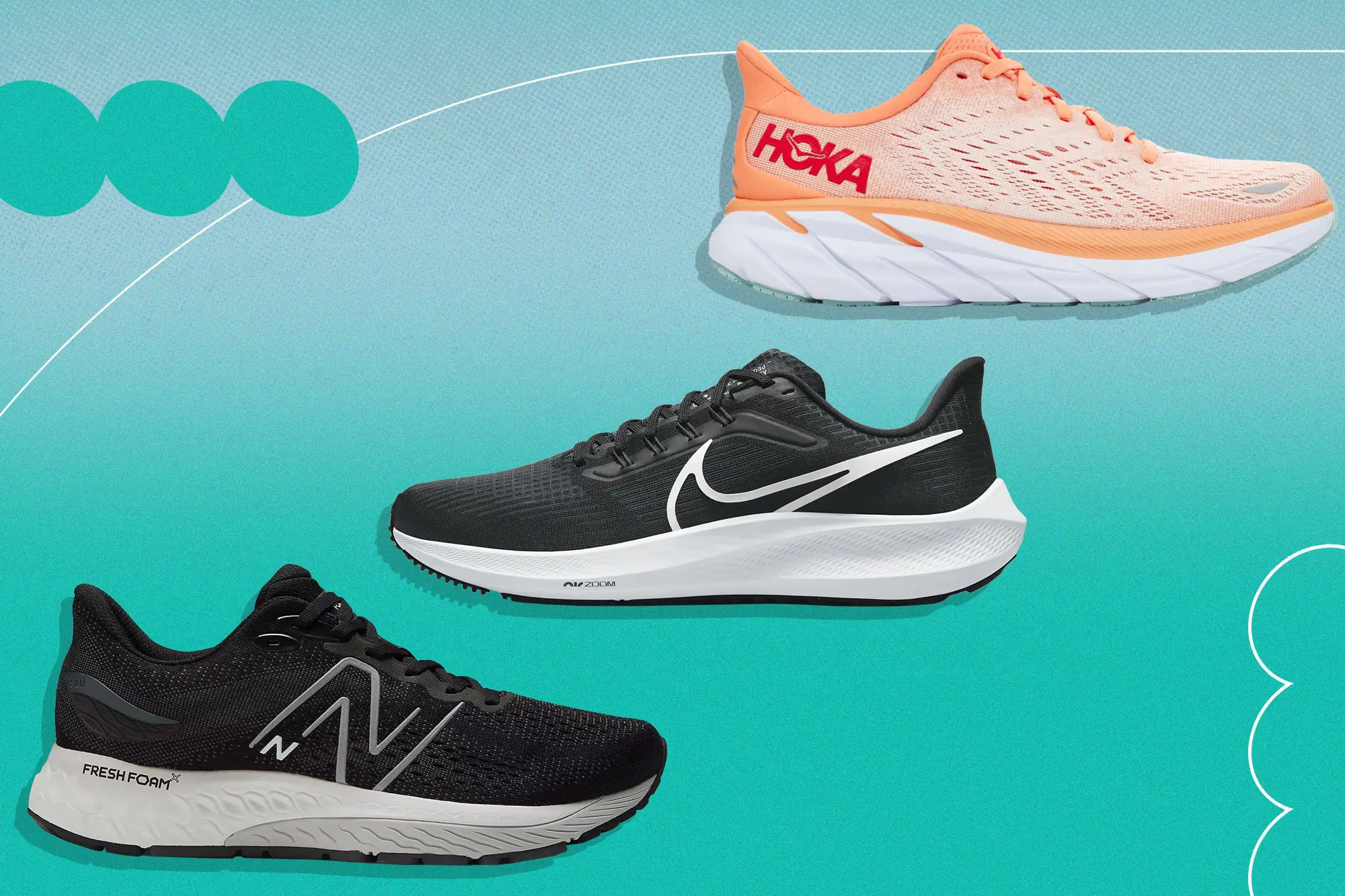
Every runner has different goals when it comes to their short-distance races. Some may be looking to improve their speed, while others may want to increase their endurance. Whatever your objectives may be, it’s essential to match your running shoes with your goals to achieve optimal performance.
Here are some factors to consider when choosing the right running shoes for your specific goals:
Speed
If your main goal is to improve your speed in short-distance races, look for shoes that are lightweight, have minimal cushioning, and provide excellent traction. These features will allow you to move quickly and efficiently without being weighed down.
Additionally, shoes with responsive midsoles and a snug fit can help enhance your speed by providing a springy energy return and keeping your feet stable during fast movements.
Endurance
For those looking to increase their endurance, shoes with more cushioning and support may be a better option. This will help reduce fatigue and prevent injuries, allowing you to perform at your best for longer periods.
You may also want to consider shoes with added features like air or gel cushioning, which can provide additional shock absorption and reduce the impact on your joints during longer runs.
Versatility
Some runners participate in both short-distance and long-distance races, making it essential to find a shoe that can adapt to their different training needs. Look for shoes that offer a balance of lightweight design, cushioning, and traction to cater to both types of races.
Additionally, some brands offer customizable options, such as removable insoles, which allow you to adjust the level of cushioning and support according to your specific needs.
Step with Speed: The Anatomy of a Perfect Short-Distance Running Shoe
Now that we’ve covered the important features to look for and how they can impact your performance, let’s take a closer look at the anatomy of a perfect short-distance running shoe.
Upper
The upper part of the shoe is responsible for holding the foot securely in place while providing breathability and flexibility. Mesh and synthetic materials are commonly used in this area to create a lightweight and breathable design. Some brands also use seamless construction to reduce the risk of friction and irritation on the skin.
The upper should also provide a snug fit that keeps your foot stable but doesn’t restrict movement. This will prevent any slipping or sliding inside the shoe, giving you better control and confidence during your races.
Midsole
The midsole is responsible for cushioning and shock absorption. It is typically made from materials like EVA foam, PU (polyurethane), or TPU, and can vary in thickness and density depending on the level of cushioning required.
Some brands also incorporate technologies into their midsole, such as Nike’s Zoom Air or Saucony’s Everun, which provide additional cushioning and energy return for a more responsive ride.
Outsole
The outsole is the bottom part of the shoe that comes into contact with the ground. It is essential for providing grip and traction on various terrains. Most running shoes use a rubber outsole, but brands may incorporate different types of rubber or patterns to improve durability and grip.
The outsole should also be flexible enough to allow for natural foot movement while providing enough protection from harsh surfaces.
Heel Counter
The heel counter is the stiff cup-like structure that surrounds the heel area of the shoe. It helps keep the heel in place and provides stability during the gait cycle. A good heel counter should be anatomically shaped to fit the natural contours of your heel and provide a secure hold without causing any discomfort.
Insole
The insole, also known as the sock liner, is the inner part of the shoe that provides additional cushioning and support for the foot. Some brands use removable insoles, allowing you to customize the level of cushioning and support according to your needs.
Achieve Running Greatness: Taking Care of Your Short-Distance Running Shoes
Now that you have found the perfect pair of running shoes for your short-distance races, it’s essential to take care of them to ensure they last as long as possible. Here are some tips for maintaining your running shoes:
- Rotate your shoes: It’s recommended to have at least two pairs of running shoes and rotate them regularly to prevent wear and tear. This will also give your shoes time to air out and reduce the chances of developing odors.
- Clean them regularly: Dirt and debris can accumulate on your shoes, especially after outdoor runs. Wipe them down with a damp cloth and mild soap after each use to remove any dirt and grime.
- Avoid extreme temperatures: Exposing your shoes to extreme heat or cold can cause damage to the materials. Try to store them in a cool, dry place away from direct sunlight.
- Replace when necessary: As your shoes start to show signs of wear and tear, such as flattened midsoles or holes in the upper, it’s time to replace them. Continuing to run in worn-out shoes can lead to injuries and negatively impact your performance.
- Follow the manufacturer’s instructions: Each brand may have specific care instructions for their running shoes, so it’s essential to follow them to ensure you’re taking proper care of your shoes.
Conquer the Sprint: Tips for Achieving Optimal Performance with Short-Distance Running Shoes
Now that you have all the knowledge about selecting and caring for your short-distance running shoes, here are some additional tips to help you achieve optimal performance during your races:
- Practice in your racing shoes: It’s important to train in the same shoes you will be using for your races. This will allow you to get used to the feel and fit of the shoes and make any necessary adjustments before the race day.
- Warm up and cool down: Before your race, make sure to warm up and stretch properly to loosen up your muscles and prevent injuries. After the race, take the time to cool down and stretch to aid in muscle recovery.
- Don’t neglect your form: While good running shoes can improve your performance, it’s also essential to focus on your running form. Keep your posture upright and maintain a quick turnover to achieve maximum speed.
- Listen to your body: If you experience any discomfort or pain while training or racing, it’s important to listen to your body and make any necessary adjustments. Ignoring pain can lead to more severe injuries and hinder your progress.
Outpace Your Rivals: The Short-Distance Running Shoes That Are Perfect for You
There is no one-size-fits-all when it comes to running shoes. Every runner has different needs and preferences, and what works for someone else may not work for you. So how do you find the perfect pair of short-distance running shoes? Here are some suggestions based on your specific needs:
Best for Speed: Nike ZoomX Vaporfly Next%
The Nike ZoomX Vaporfly Next% is a popular choice among short-distance runners, thanks to its lightweight design and responsive cushioning. It features Nike’s ZoomX foam, which provides excellent energy return and helps propel you forward with each stride. The shoe also has a carbon-fiber plate in the midsole, which adds to its responsive and springy feel.
Best for Stability: Asics Gel-Kayano 28
For those looking for additional support and stability, the Asics Gel-Kayano 28 is an excellent option. It features Asics’ Dynamic Duomax technology, which provides added stability and prevents overpronation. It also has a wider base and a snug fit, making it ideal for quick turns and changes in direction.
Best for Versatility: Brooks Ghost 14
The Brooks Ghost 14 is a versatile shoe that can cater to both short-distance and long-distance races. It offers a lightweight design, cushioning, and good traction, making it suitable for a variety of terrains. It also has customizable options, with removable insoles and different widths available for a more personalized fit.
Conclusion
Choosing the best running shoes for short-distance events can be a daunting task, but it’s essential to finding success on the track. By considering factors such as weight, cushioning, and traction, and matching them with your goals and running style, you can find the perfect pair of shoes to help you achieve your personal best.
Remember to take care of your running shoes by keeping them clean and replacing them when necessary. And don’t forget to focus on your form, listen to your body, and follow these tips to achieve optimal performance during your races.
With the right pair of running shoes, you can unlock your full potential and conquer the sprint with speed and confidence. So lace up, step out, and race your way to the finish line!












